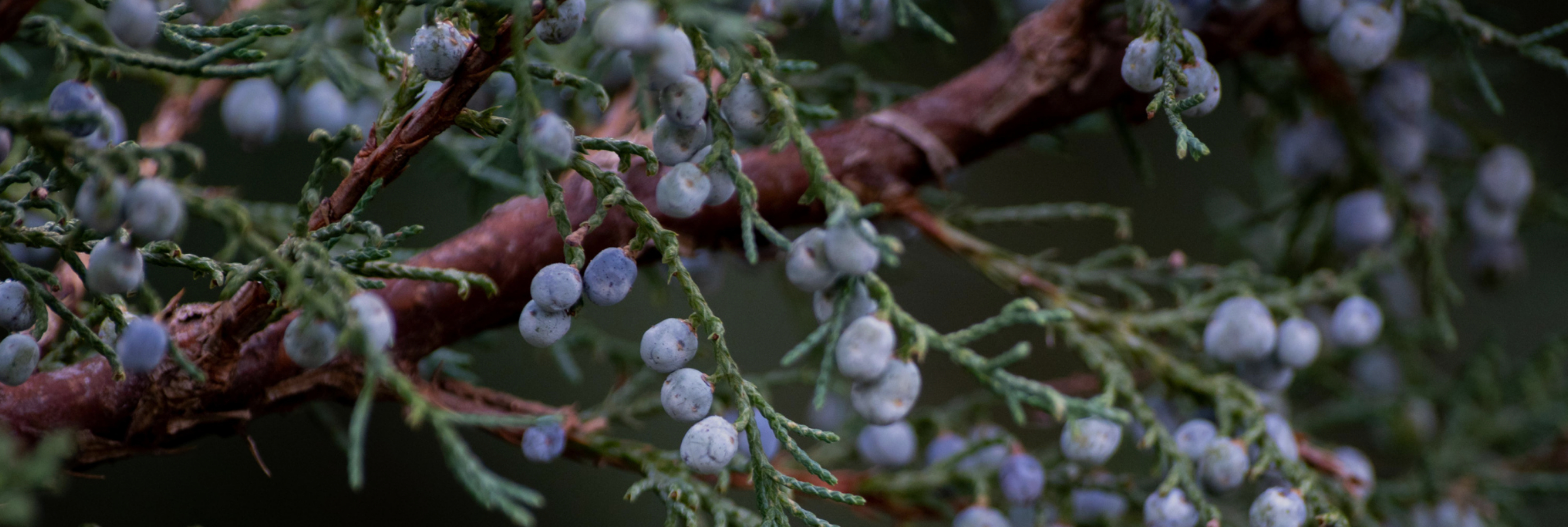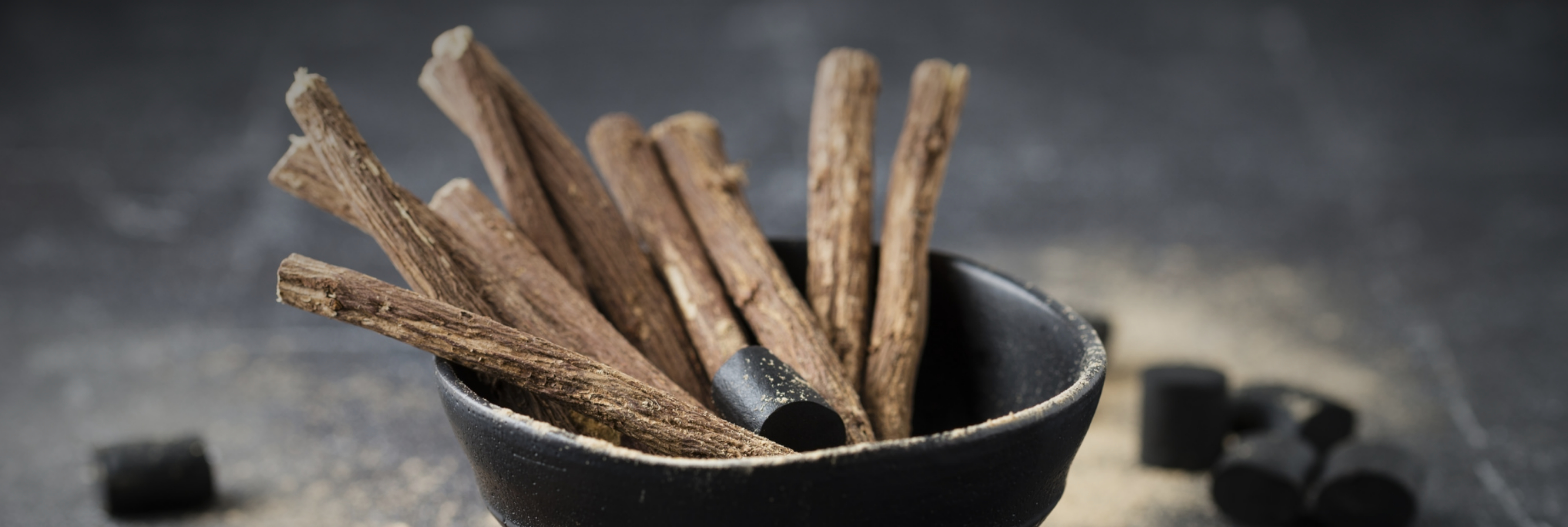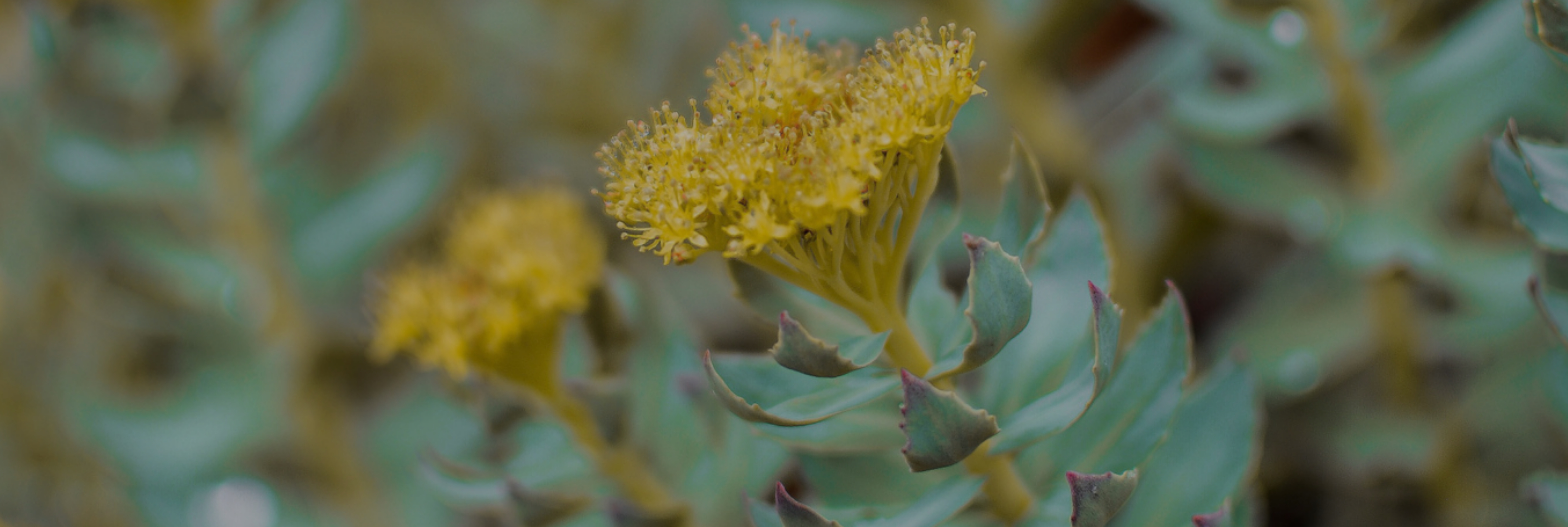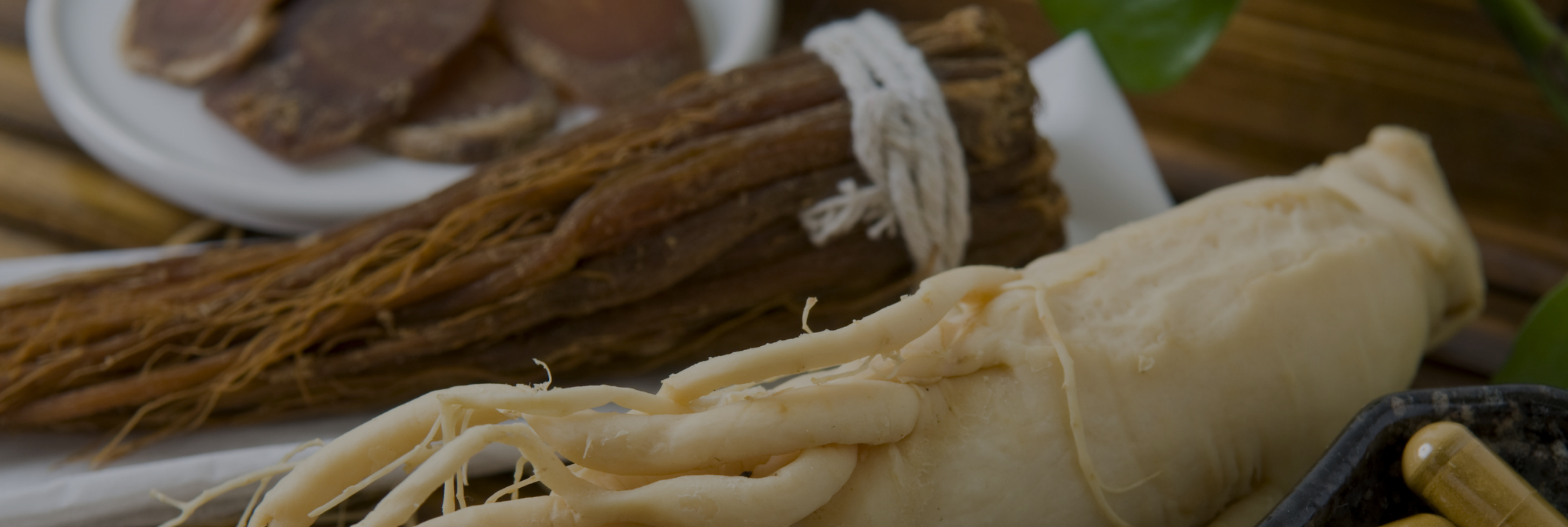Harpagophytum is a coveted plant in phytotherapy. This medicinal plant has been used for centuries in Southern Africa. Nowadays, it is employed across the world to relieve joint pains and digestive disorders. Why choose organic harpagophytum? Let’s have a look on the main reasons to prefer organic harpagophytum extracts.
Organic farming has many advantages for environment. It avoids air, soil, and water contamination by forbidding the use of synthetic chemical substances like pesticides. Organic sourcing also avoids direct and cross contamination during transport and storage. Indeed, you can be faced with contaminations even if ingredients are harvested in natural and pesticide-free areas because some products can be used to eradicate pests during storage. Organic supply chain sets strict food safety requirements and conserves the environment in prohibiting especially using of chemical products for pest control.
Moreover, the organic chain ensures a perfect traceability of products. Each grower and and each collection area are indexed. By this way, we can easily check if local harvest quotas are respected and if conservancies registration are up to date. In other words, we can ensure that our partners respect the environment and preserve natural resources.
Organic harpagophytum collection perfectly fits in a sustainable development approach. It takes part in the conservation of animal and plant biodiversity by preserving air, soil and water qualities.
Naturals Origins sets up sustainable partnerships with growers. By this way, we ensure an annual remuneration for local farmers which are rewarded for their efforts to collect harpagophytum in the bush. Each year, we also work together to make them aware of good harvesting practices in order to promote sustainable natural resources management.
These strong commitments dovetail with our fair trade values.
You can find more information on our harpagophytum extracts on our natural ingredients e-platform!
Sources:
CEO & Partner Natural Origins - Head of Innovation





Leave a comment